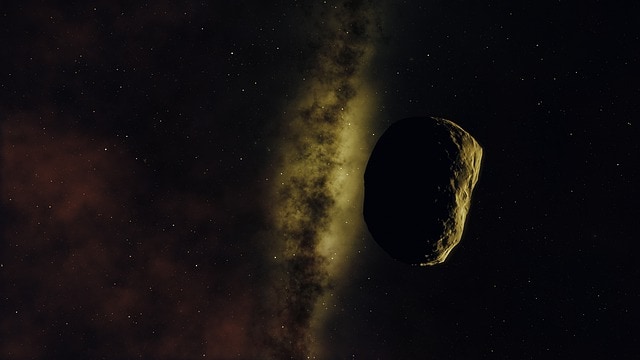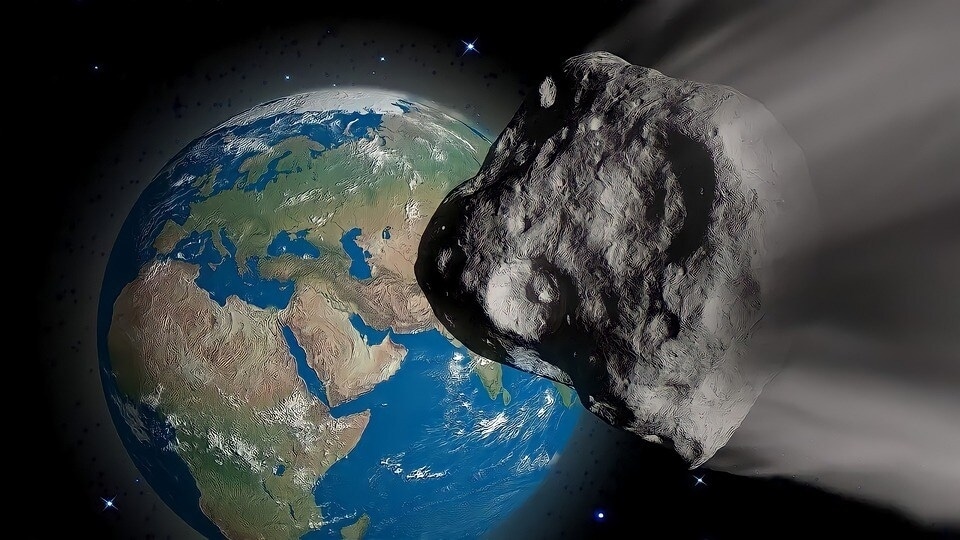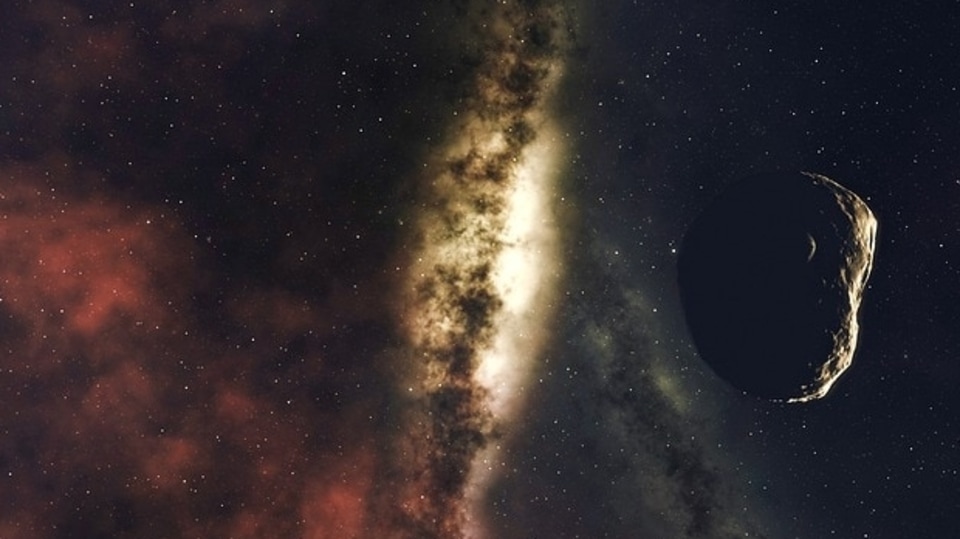Asteroid hurtling towards Earth at blistering speed today! NASA clocks it at 36605 kmph
Asteroid warning has been issued about the Asteroid 2022 XJ, which is expected to make a close approach to Earth today.

_1638627105271_1638627118874.jpg)




 View all Images
View all ImagesEarth is being bombarded by various natural phenomena such as solar storms, solar flares, geomagnetic storms and more these past few months. These phenomena have been relentless with each of them potentially powerful enough to cause serious damage. Asteroids flybys have been a common occurrence too with more than 40 asteroids flying by Earth closely in the months of October and November. There is yet another cause to worry as NASA has revealed another asteroid is speeding towards the Earth today.
Key details about Asteroid 2022 XJ
NASA's Planetary Defense Coordination Office is responsible for monitoring the skies and keeping a watch on various Near-Earth Objects (NEOs). If any NEO is at risk of Earth impact, it red flags and issues the alert. The same organisation has issued an alert about an asteroid named Asteroid 2022 XJ which is headed straight for Earth today, December 9. According to NASA, the 51 feet wide asteroid will make its closest approach to the planet today at a distance of 2.6 million kilometers. It is hurtling towards Earth at a speed of 36605 kilometers per hour.
According to the-sky.org, the Asteroid 2022 XJ belongs to the Apollo group of asteroids. It was discovered nearly a week ago on December 1. This asteroid takes 677 days to complete one trip around the Sun during which its maximum distance from the Sun is 317 million kilometers and nearest distance is 135 million kilometers.
NASA technology study asteroids
NASA not only uses its space telescopes and observatories like the NEOWISE to observe and study distant asteroids, but also a variety of ground-based telescopes such as the Atacama Large Millimeter/submillimeter Array (ALMA) located in the Antofagasta Region of the Atacama Desert in Chile.
NASA also has a new impact monitoring system in place which uses an algorithm called Sentry-II to calculate the impact risk of Near-Earth Objects. NASA can track the orbital path of the asteroid using this infrared data and can even predict its orbit years into the future.
Catch all the Latest Tech News, Mobile News, Laptop News, Gaming news, Wearables News , How To News, also keep up with us on Whatsapp channel,Twitter, Facebook, Google News, and Instagram. For our latest videos, subscribe to our YouTube channel.































